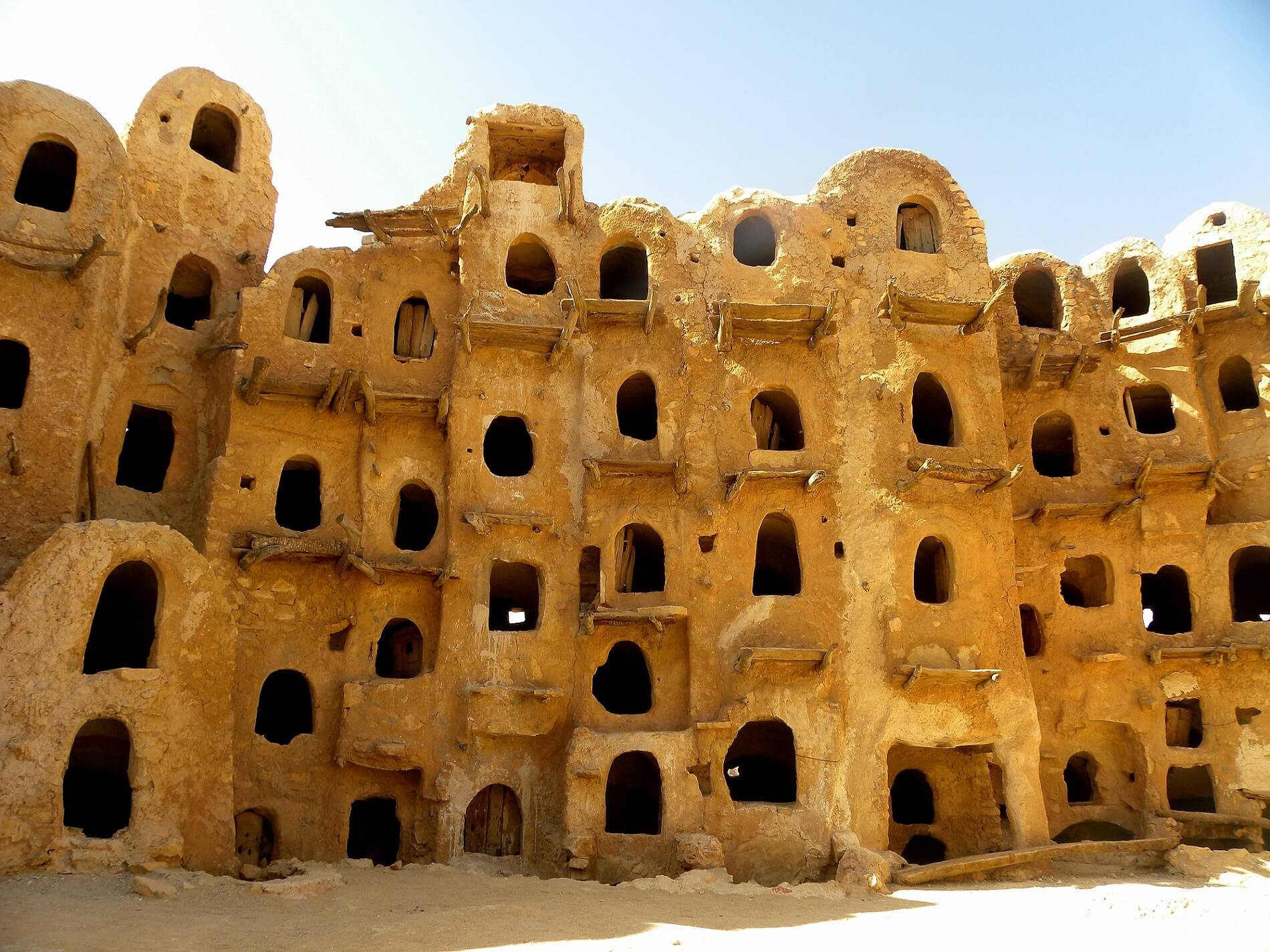On 23 September, the National Oil Corporation (NOC) announced its revenues for July and August, at $38.2 million for July and just above $90 million for August. The July total was obviously a ‘significant decrease compared to the revenues of July 2019,’ but the August total saw a slight increase compared to the previous year thanks to the temporary and limited lifting of the oil blockade and export of condensates that month. The NOC’s publication of its July and August revenues come in the context of a new spike in oil production thanks to a recent agreement. Although the agreement was not binding on any of the actors it involved, including the NOC, the NOC has subsequently demonstrated that it is willing to cooperate with the plan put forth by Haftar and Maiteeq as long as its demand for the removal of armed forces from specific oil facilities was met prior to force majeure being lifted at each location. On 28 September, Bloomberg reported that Libyan oil production had nearly tripled after the lifting of the 8-month long oil blockade, reaching 250,000 bpd.On 24 September, the Delta Hellas oil tanker was reported to have arrived at Hariga port and begun loading 1 million barrels of crude cargo from storage tanks at the terminal. According to shipping data, the tanker Marlin Shikoku was also heading to Hariga. The cargo being lifted at Hariga does not represent new production. Nonetheless, it symbolises the restart of Libya’s oil exports and will contribute to the revamping of production by freeing up storage capacity.The NOC’s announcements signify the organisation’s dedication to restoring the country’s oil sector. They also reflect Chairman Sanallah’s profound flexibility in working with all political actors and within all the diplomatic contexts within which he has found himself. Despite the fragility of the Haftar-Maiteeq agreement, the NOC continues to signal that it is willing to cooperate with these efforts in order to get oil flowing again. The NOC’s forecasts for immediate production are likely to be met as actors continue to discuss ways to secure facilities, and as internationally-mediated dialogues for reaching a comprehensive political solution in Libya continue. It seems quite likely that Sidra will become functional soon and that if production at Sharara can be restarted then Zawiyya will reopen as well. It is not impossible that production would reach 400-600k bpd by the second week of October.

